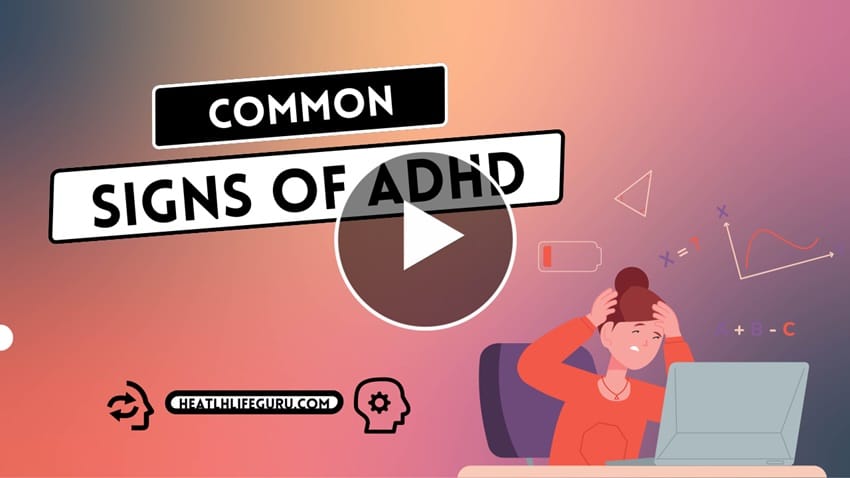Prescription medications play a pivotal role in managing health conditions for seniors, yet they come with their own set of challenges and risks. Understanding these risks is crucial, as older adults are particularly susceptible to the adverse effects of drugs due to physiological changes that accompany aging. This post aims to shed light on the hidden dangers associated with prescription medications in seniors, explore factors contributing to these risks, and offer practical advice on how to mitigate them. Given the high prevalence of prescription drug use among the elderly, this information is vital for patients, caregivers, and healthcare providers alike.
Contents
- Complexity of Managing Multiple Medications
- Increased Sensitivity to Medications in Seniors
- Common Risky Medications
- Cognitive Decline and Medication Management
- Overprescription and Doctor Shopping
- The Role of Caregivers in Medication Safety
- Alternative Approaches and Preventive Measures
- The Bottom Line
- Related
Complexity of Managing Multiple Medications

When seniors are prescribed multiple medications, the risk of drug interactions and side effects significantly increases. This phenomenon, known as polypharmacy, is common among older adults who often have several chronic conditions requiring treatment. The complexity of managing these medications can lead to dangerous health outcomes, including conflicting drug interactions and cumulative side effects, which may not be immediately apparent.
The challenge is compounded by the fact that symptoms of adverse interactions can sometimes be mistaken for a new medical problem or overlooked as an “expected” part of aging, leading to inappropriate increases in dosage or even more medications being prescribed. It’s crucial for both healthcare providers and patients to regularly review all current medications, assessing the necessity and potential risks of each, to minimize these dangers.
Increased Sensitivity to Medications in Seniors

Physiological changes in the elderly, such as decreased kidney function and slower liver processing, affect how drugs are metabolized and excreted. These changes can lead to a higher concentration of the drug in the body for a longer period, increasing the likelihood of side effects. As a result, medications that were once tolerated at younger ages can become potentially hazardous for seniors.
This increased sensitivity necessitates careful consideration of drug dosages and formats. Healthcare providers must adjust prescriptions based on age-related changes and closely monitor their patients for any signs of adverse reactions. This approach helps in avoiding the escalation of unintended drug effects that can seriously impact the health and well-being of elderly patients.
Common Risky Medications

Certain classes of drugs carry higher risks for older adults and warrant special attention. Anticoagulants, commonly prescribed to prevent blood clots, can increase the risk of bleeding, a serious issue that can lead to hospitalization or more severe health complications. Similarly, diuretics, used to treat high blood pressure and fluid buildup, can cause electrolyte imbalances and kidney problems in seniors.
Another noteworthy group includes sedatives and anti-anxiety medications, which can significantly affect cognitive function, increasing the risk of falls and confusion in elderly patients. These medications should be used cautiously, with regular assessments to weigh the benefits against the potential dangers. By prioritizing the lowest effective dose and considering alternatives when possible, healthcare providers can help mitigate these risks.
Cognitive Decline and Medication Management

Cognitive decline can significantly impact how seniors manage their medications, potentially leading to missed doses or incorrect usage. Issues such as forgetfulness or confusion can make it challenging for elderly individuals to follow complex medication schedules accurately. This increases the risk of both underdosing and overdosing, which can lead to drug ineffectiveness or severe side effects respectively. Ensuring adherence to prescribed therapies in the face of cognitive hurdles is thus a critical aspect of senior healthcare.
To combat these challenges, caregivers and healthcare providers should implement simplified medication regimens and use aids like pill organizers and reminders. Moreover, involving professionals in routine checks can help assess the patient’s ability to manage their treatments. These strategies support proper medication adherence and safeguard against the dangers associated with cognitive impairments affecting medication intake.
Overprescription and Doctor Shopping

Overprescription is a significant issue among the elderly, who are often prescribed more drugs than are medically necessary. This can happen due to multiple healthcare providers treating various conditions without proper coordination. Overprescription not only exposes seniors to increased risks of drug interactions and side effects but also complicates their care management. It is essential to have a centralized system where all of a patient’s prescriptions can be cross-referenced and evaluated for necessity and safety.
Doctor shopping, where patients consult multiple doctors to obtain more medication, exacerbates this problem. This practice can lead to dangerous levels of medication intake and significant health risks, especially when narcotic pain relievers are involved. Healthcare systems and pharmacies should use monitoring programs to detect and prevent doctor shopping, ensuring patients receive a safe and appropriate level of care.
The Role of Caregivers in Medication Safety

Caregivers play a vital role in the safe administration of medications for seniors. Their responsibilities include monitoring the effects of medications, keeping track of dosages, and watching for signs of adverse reactions. Given that many seniors rely on multiple medications daily, the caregiver’s role in managing these complex regimens is crucial to preventing medication errors and ensuring the drugs achieve their intended effects.
Good communication between caregivers, patients, and healthcare providers is also essential for safe medication management. Caregivers should be well-informed about the purpose and potential risks of each medication and feel empowered to ask questions and report concerns to the healthcare team. This collaborative approach helps maintain a high standard of care and mitigates the risks associated with prescription medications in elderly patients.
Alternative Approaches and Preventive Measures

Considering the risks associated with polypharmacy, it is beneficial to explore non-pharmacological interventions that can reduce the reliance on medications. Lifestyle changes such as improved diet, increased physical activity, and engagement in social and cognitive activities can help manage conditions like hypertension, diabetes, and depression with fewer drugs. These alternatives not only enhance overall well-being but can also reduce the burden of medications and their potential side effects.
Preventive strategies such as regular medication reviews with healthcare providers are crucial. These reviews help ensure that each medication is still necessary and effective and allow for the adjustment or discontinuation of treatments as conditions improve or change. Seniors and their caregivers should be encouraged to schedule these reviews at least annually or more frequently if multiple medications are involved or if the senior’s health status changes.
The Bottom Line
As you’ve explored the various challenges and risks associated with prescription medications for seniors, it’s clear that vigilance, informed decision-making, and proactive management are essential. Seniors, caregivers, and healthcare providers must work together to ensure medication safety and efficacy. Let this guide serve as a call to action for regular medication reviews, open communication, and the consideration of alternative treatments where appropriate. By prioritizing these practices, you can protect the health and enhance the quality of life for yourself and your elderly loved ones.


